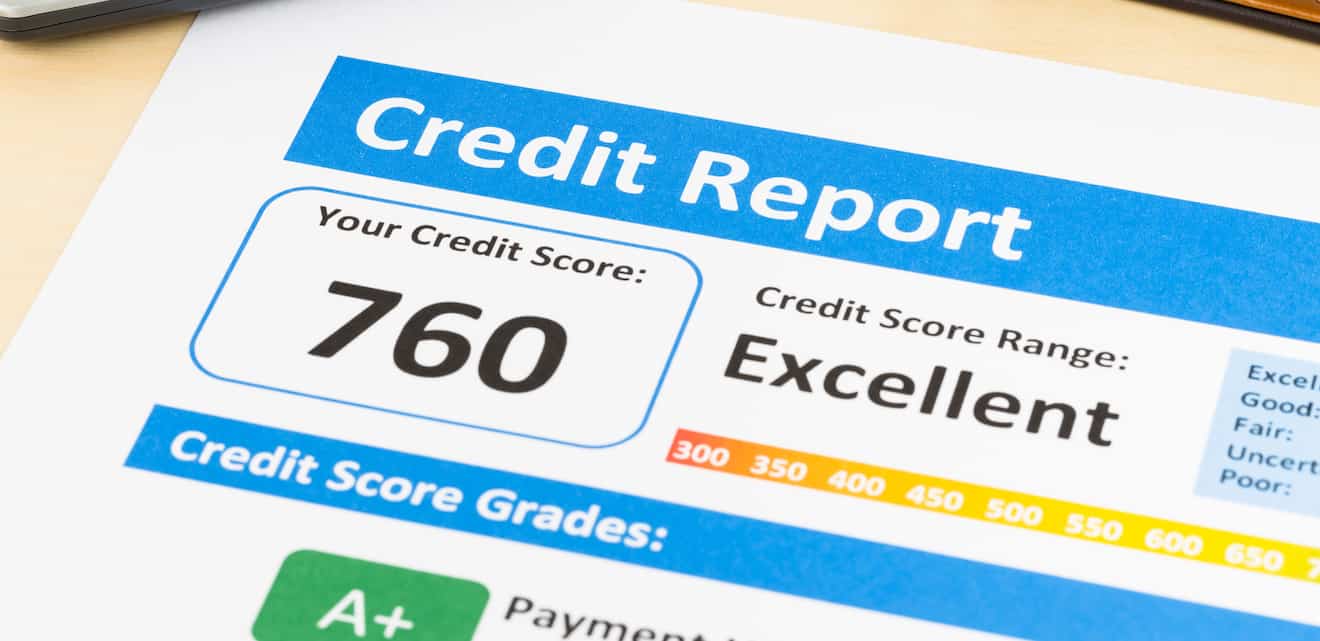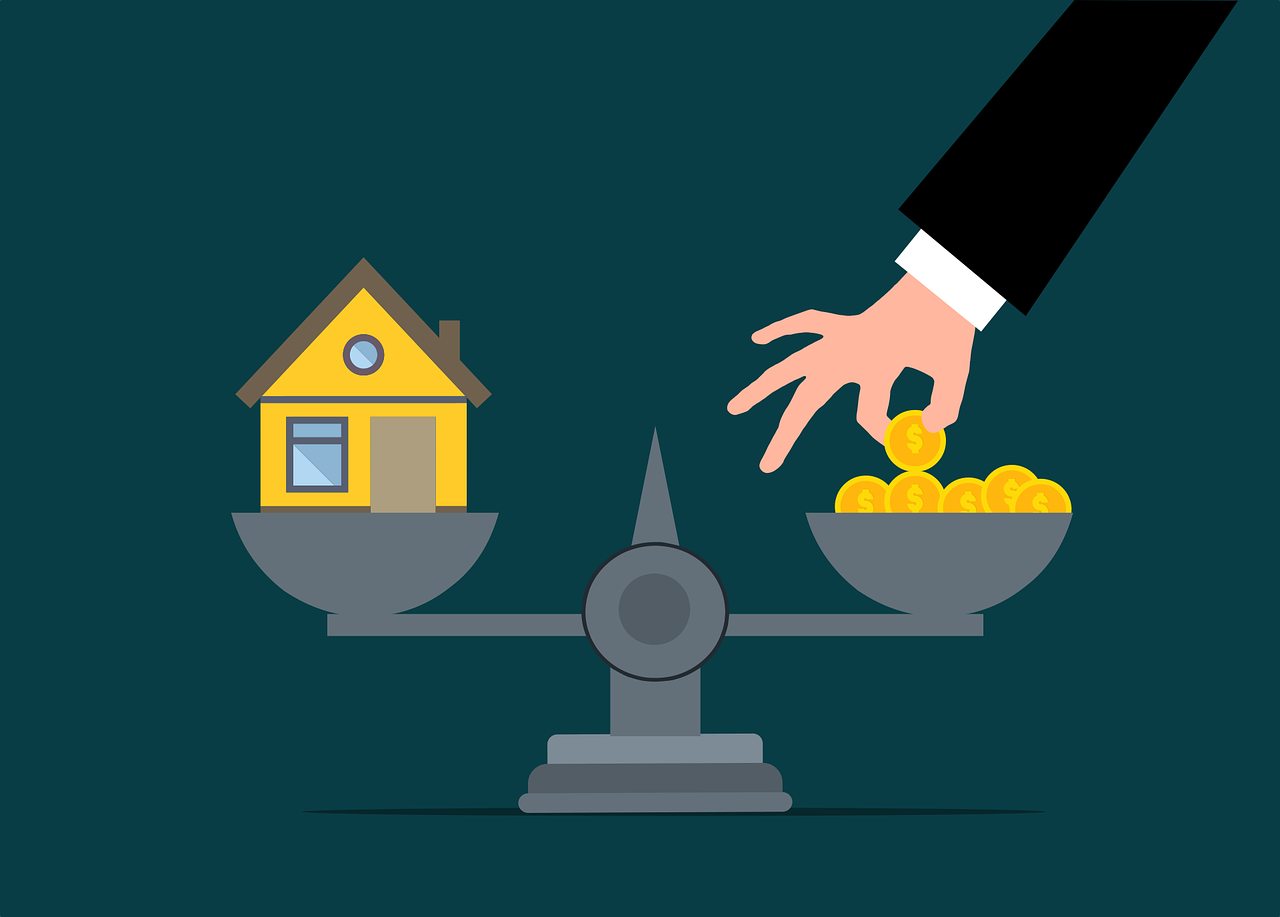How to Remove Collections from Your Credit Report Without Paying

Dealing with collections on your credit report becomes difficult when you cannot afford to pay the debts. Some legal methods allow you to eliminate these negative marks on your credit reports without making financial payments. This guide shows you effective, lesser-known steps to tackle this procedure correctly.
1. Dispute Inaccurate or Unverifiable Information

According to the Fair Credit Reporting Act's (FCRA) provisions, you can dispute information on your credit report when it shows errors, is unconfirmed, or is no longer valid. Get your credit reports from Equifax Experian and TransUnion through the Annual Credit Report service at https://www.annualcreditreport.com. Assess your reports for incorrect data, including account mismatches, inaccurate account information, and misspelled account statements.
You must submit a dispute with the particular error through the credit bureau. The law requires them to start a complete investigation while responding to disputes within thirty days. Bureaus have to delete any debt that collection agencies fail to validate.
2. Leverage the Statute of Limitations
The time a creditor can take legal action for a debt depends on specific time limits set by each state. When the expiration period of this debt ends, the debt becomes "time-barred," so you are no longer exposed to lawsuits regarding it. Nevertheless, the unpaid debt continues to affect the information on your credit report.
Send a debt validation letter to collection agencies when their accounts remain in your report after the statute of limitations expires. A debt verification letter is essential to challenge incorrect information in your credit report because creditors must provide proof of debt validity to remain on your report.
3. Request a Goodwill Deletion
A goodwill letter addressed to the collection agency or creditor may benefit individuals who previously paid their debts. Kindly give them an account of your circumstances while asking for the cancellation of the bad mark as an act of kindness in your goodwill letter to them.
Creditors do not have to honor reasonable faith forgiveness requests but usually approve them from borrowers who demonstrate accountability in their financial behavior.
4. Identify and Address Duplicate Accounts

Repeated debt listings occur frequently on your credit report since collection agencies often acquire the same debt from creditors. Duplicate entries in your credit report will negatively impact your credit score calculation.
Search your credit reports for duplicate references to the same accounts. When you identify duplicate accounts in your credit report, submit evidence to the bureaus showing the accounts are copies of the same debt. The credit bureaus must take out all redundant and inaccurate credit report entries.
5. Wait for Automatic Removal
While delinquencies such as collections normally stay on the credit report for credit bureau for 7 years starting from when the account was reported as delinquent. If a collection account is in this time frame, it may be best to wait for it to drop out on its own if collection efforts do not bear fruit.
Just as an important reminder, payment or acknowledgment of the debt also refreshes the statute of limitations in some states and can even extend the duration of the debt's stay on your credit report.
Conclusion
Strategic actions make it possible to eliminate collections from your credit report without any payment involvement. Your credit profile will improve by challenging wrong information using legal timeframes, goodwill deletion requests, duplicate collection entry resolution, and negative mark natural expiration. Success in overcoming this process depends on having patience and persistence as your main assets.
(Writer:Matti)





